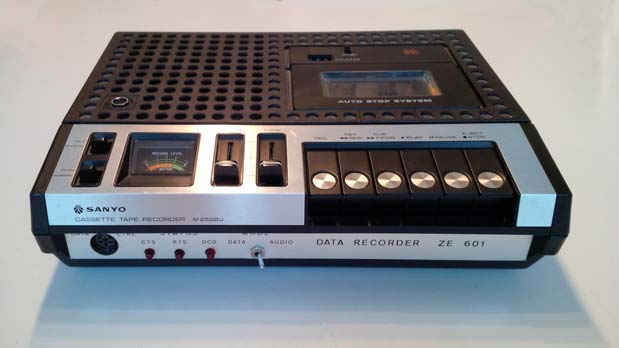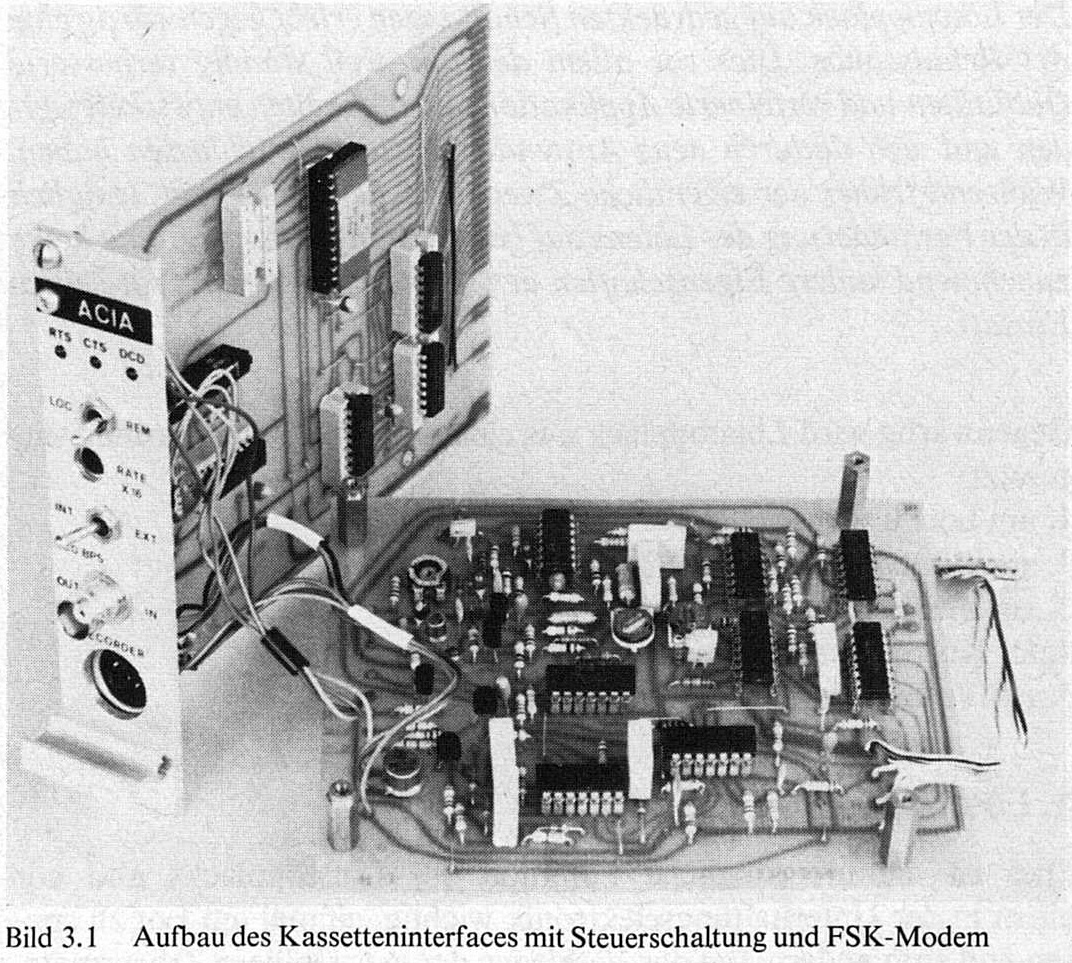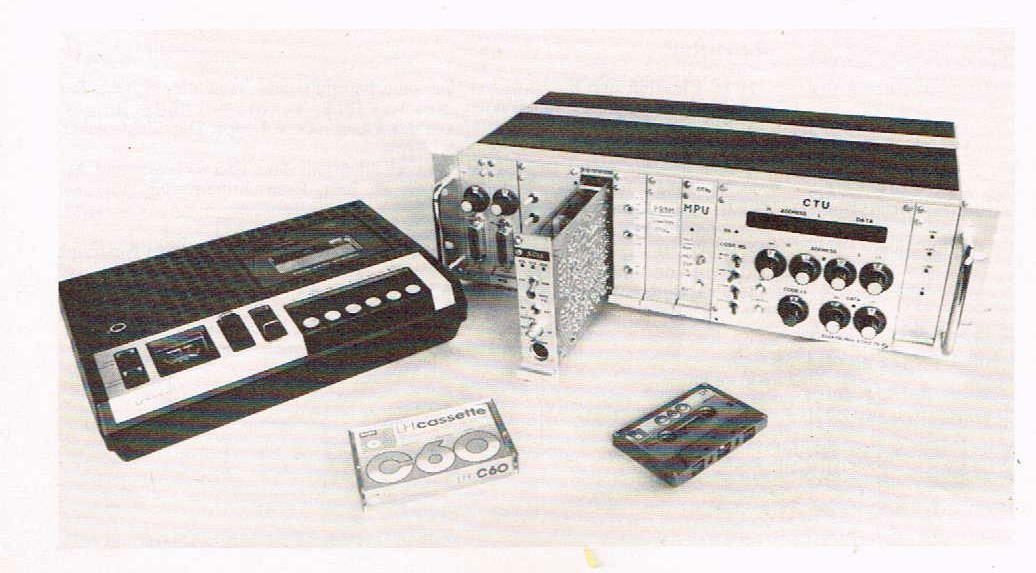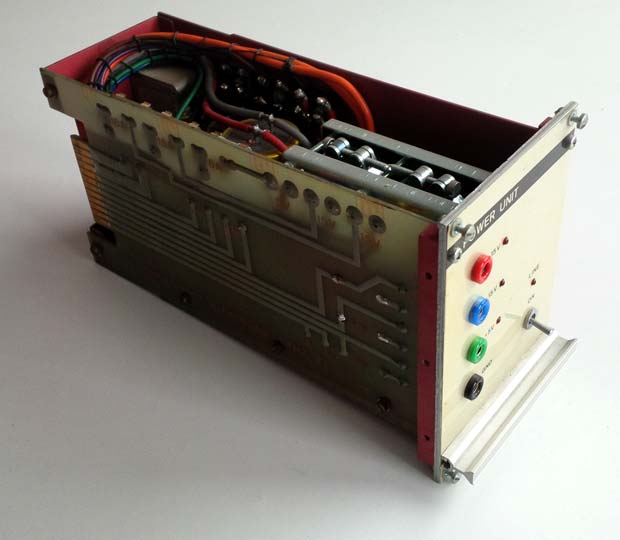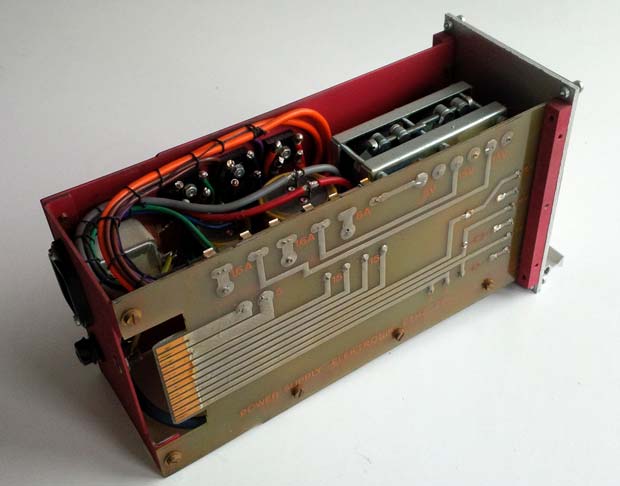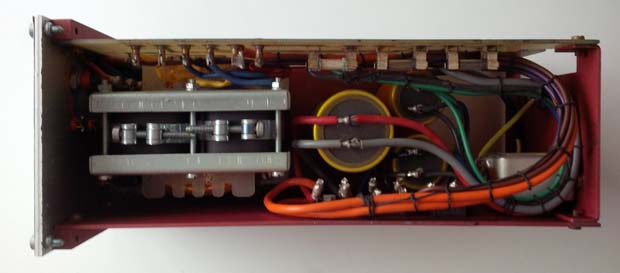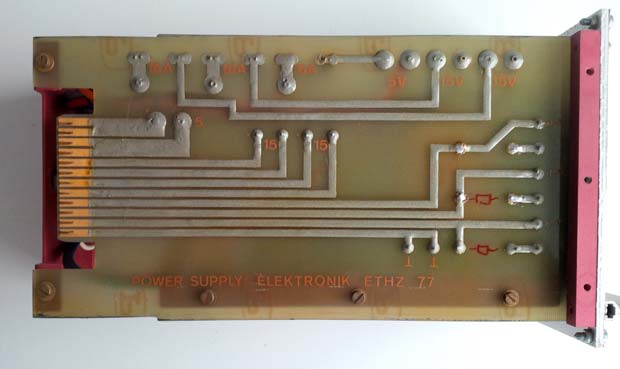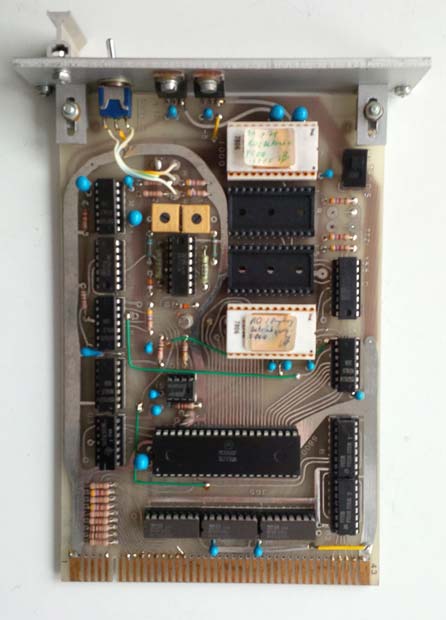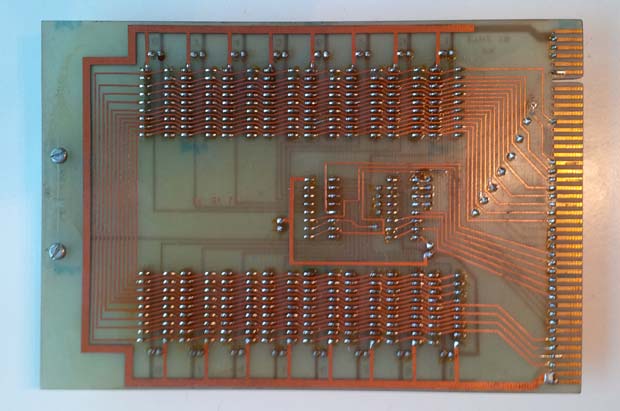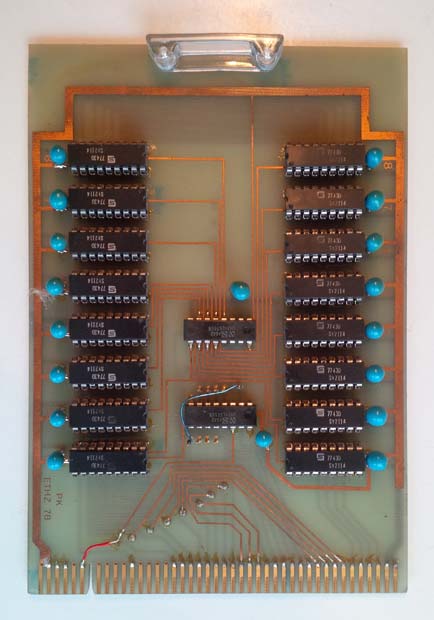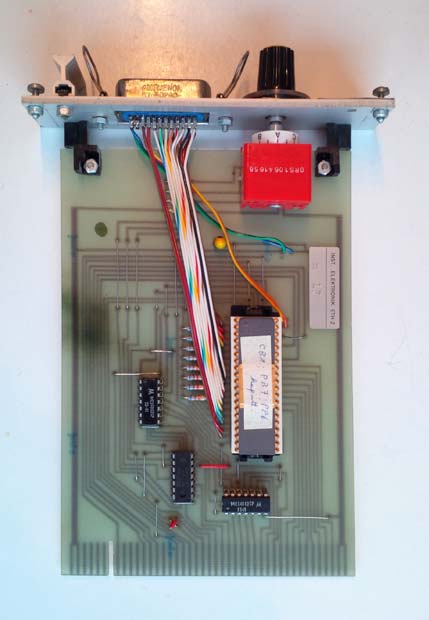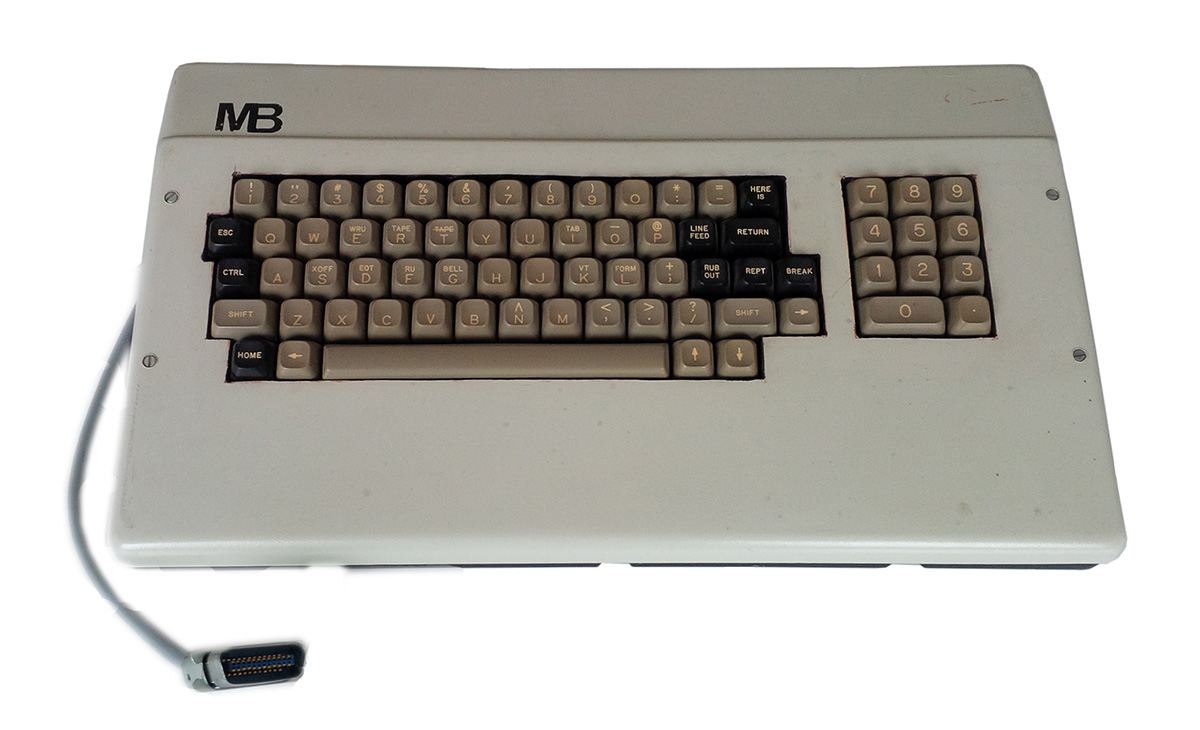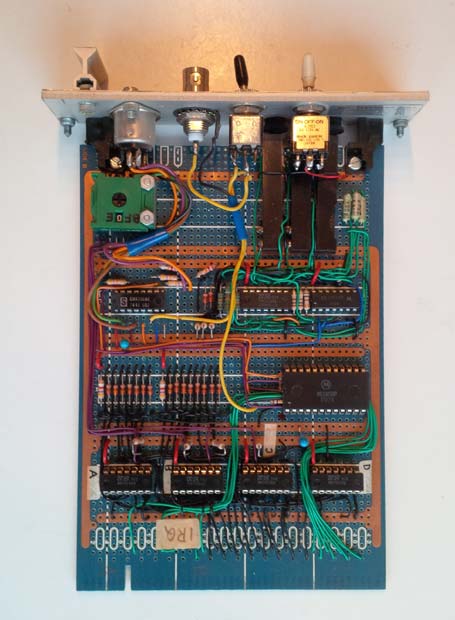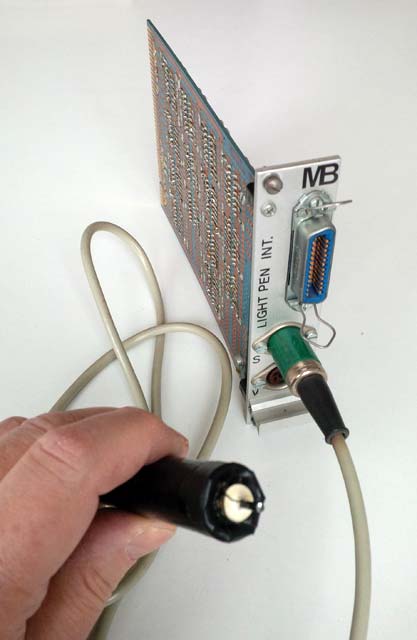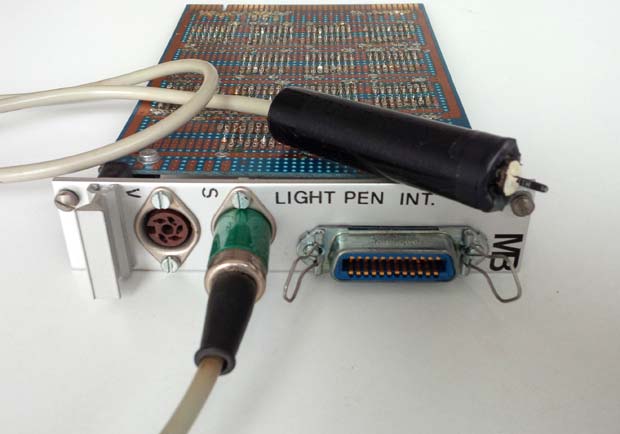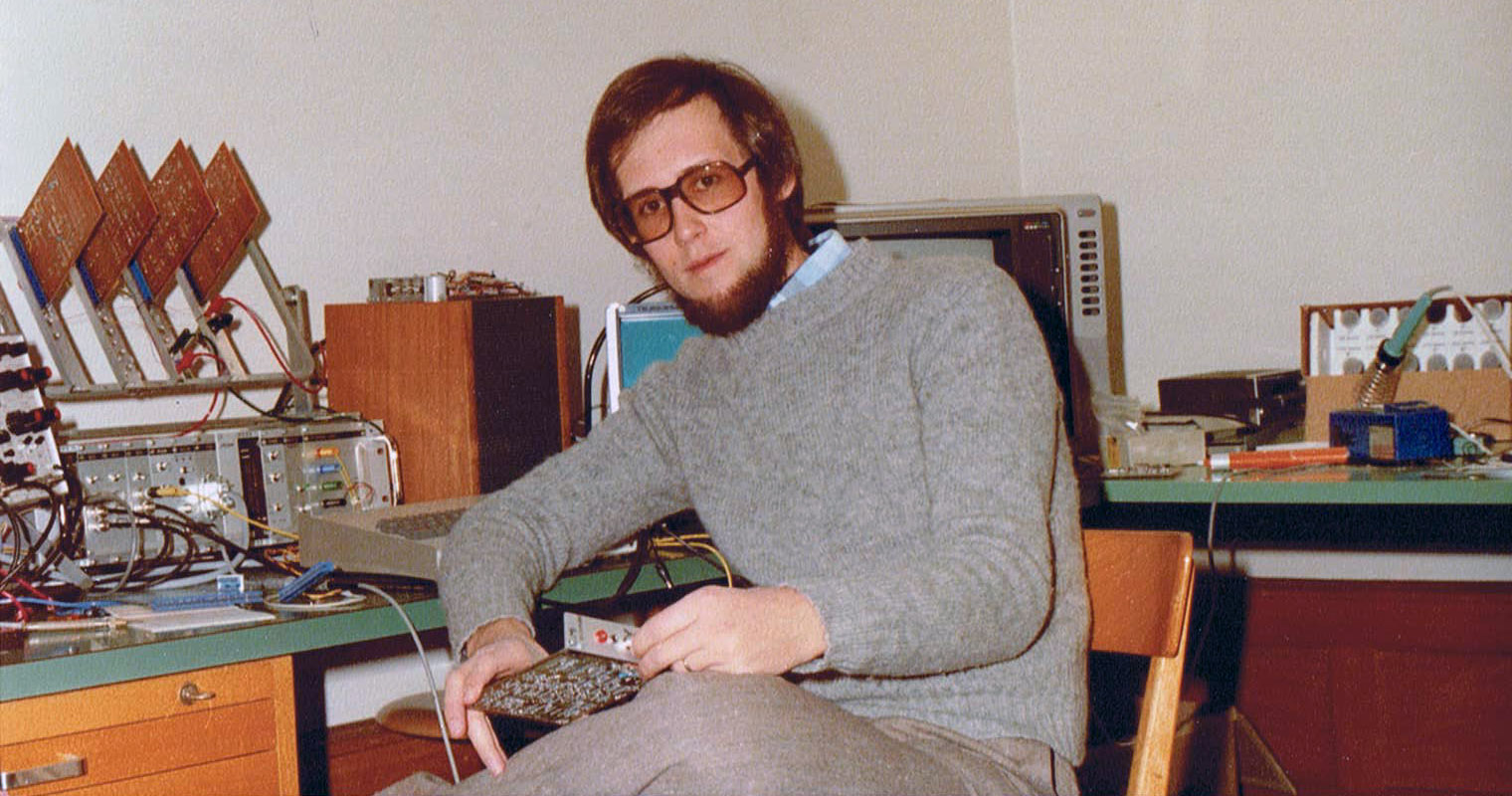The original Chumby resembles roughly to a small clock radio and features a small resistive touch-screen housed in a leather and plastic exterior with six color options. I own the basic black leather model CHY-A01-A. Different models were released and offshoot versions were introduced by other suppliers, for example the Sony Dash. Chumby devices run a modified Linux kernel. Hacking the Chumby hardware and software was encouraged by the manufacturer. The lead hardware engineer at the former Chumby Industries, Inc. was the hacker Andrew “bunnie” Huang.

The Chumby was part of a whole ecosystem with bags to carry them, chumby charms (small plastic collection sets) designed by famed designer Susan Kare and hundreds of apps to install on the device. Susan Kare created many of the interface elements for the Apple Macintosh in the 1980s. She was also the Creative Director of NeXT, the company formed by Steve Jobs after leaving Apple in 1985.


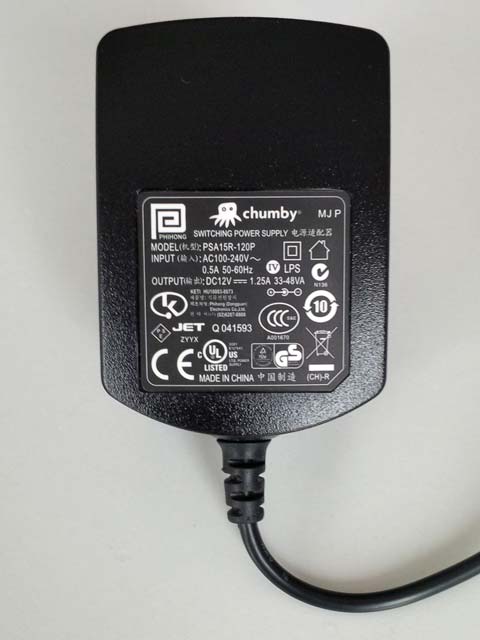

The Chumby apps were sort of precursors to the mobile apps introduced in 2008 by Apple (App Store) and Google (Google Play).
In 2012, Chumby went into bankruptcy and was liquidated. The server needed to keep the devices running went offline in 2013. The assets were purchased by Duane Maxwell, the former Chief Technology Officer of Chumby Industries, who formed Blue Octy, LLC to revive the chumby technology. Without a server, all devices only display a single widget, referred to as the Space Clock.
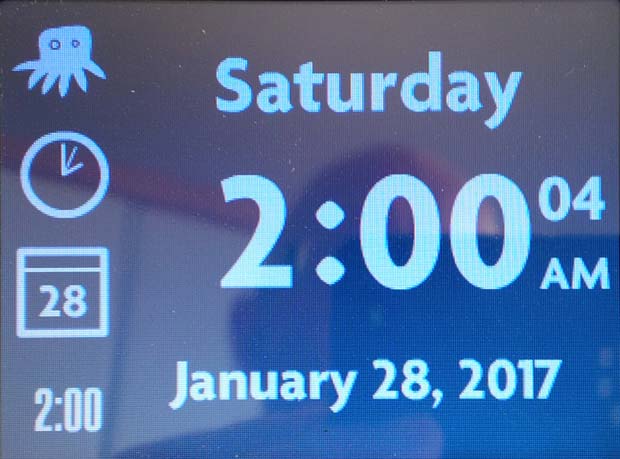
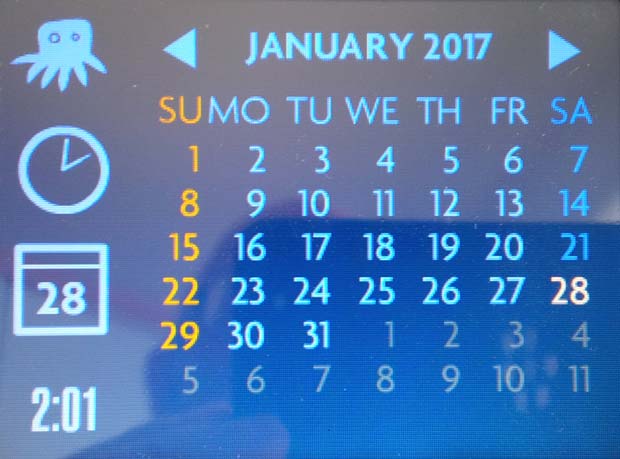
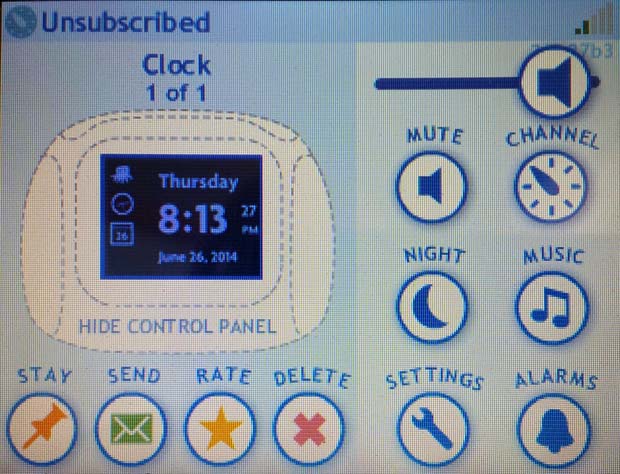
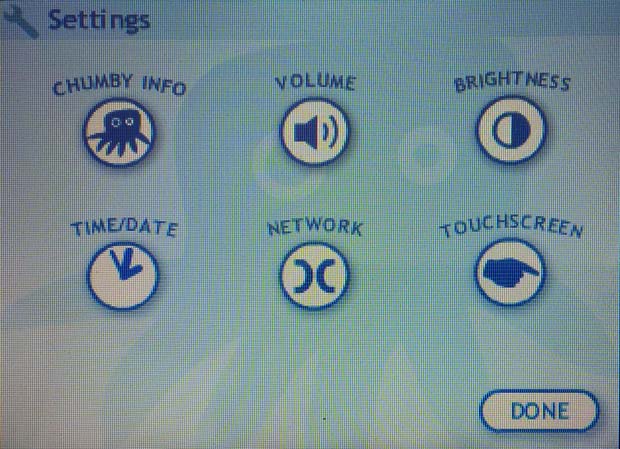

The revived Chumby service requires a $3 monthly subscription fee to get access to over 1000 apps. An open source firmware is available at SourceForge for free that allows existing devices some of the functionality of the paid service at no cost. Help is provided by the ChumbySphere forum. Resuming the manufacturing of new Chumby devices is not planned, but some spare Chumbys from the unsold inventory are still available at the Chumby Store.
The following figures show the display sequence when the Chumby is started:

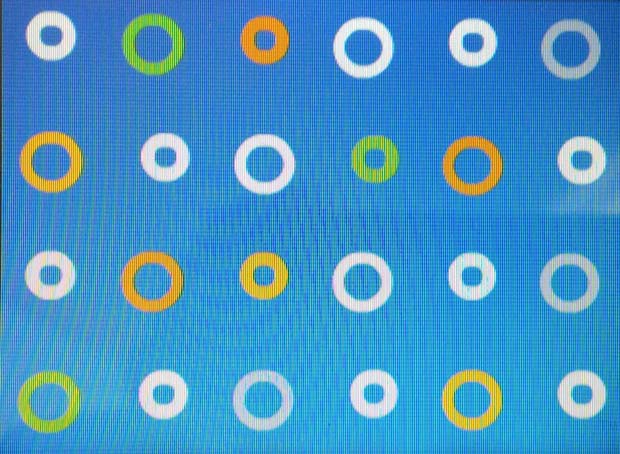

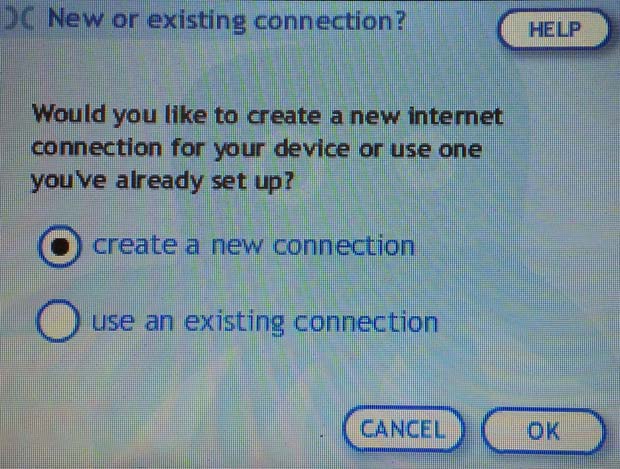
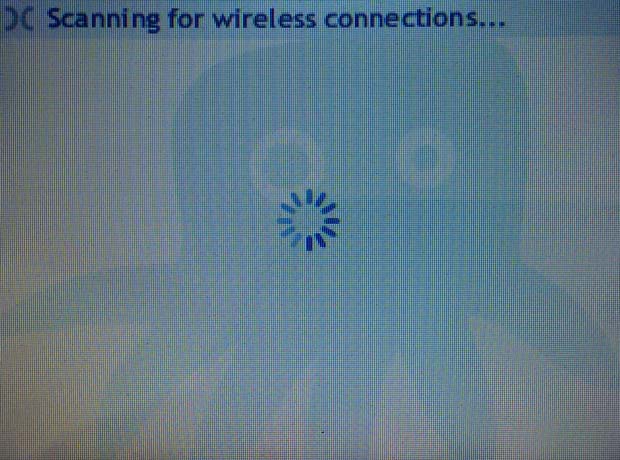
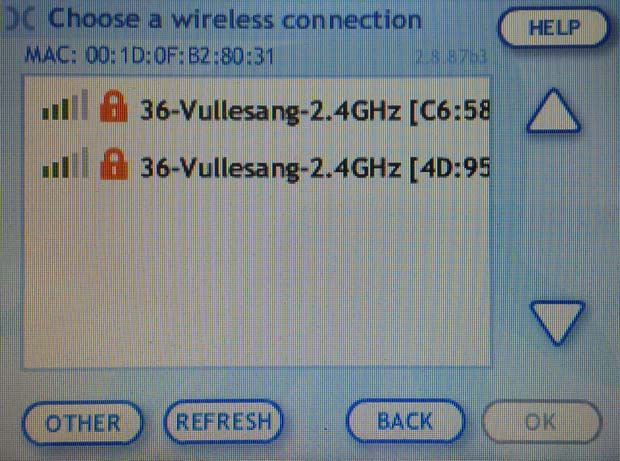
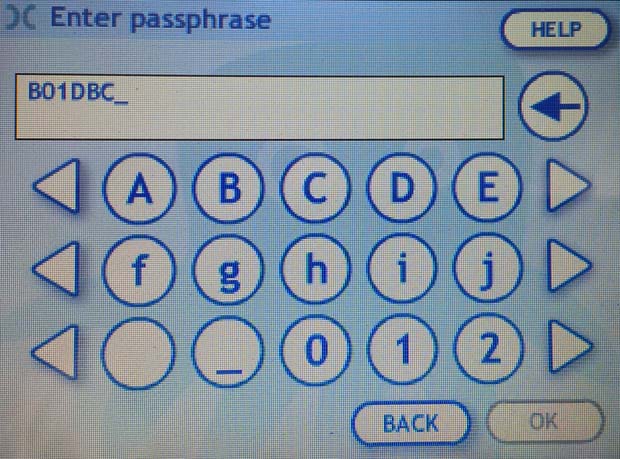
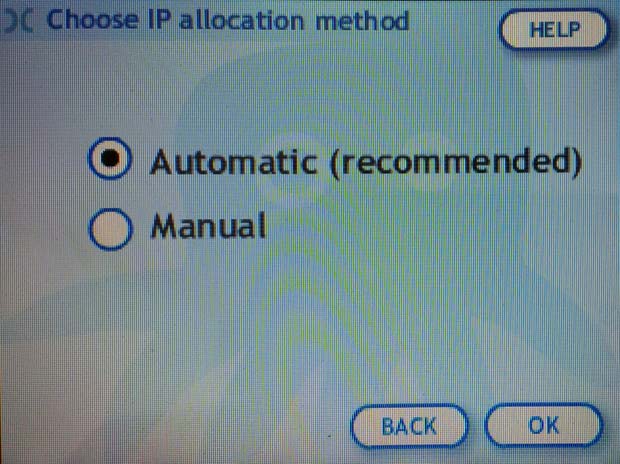
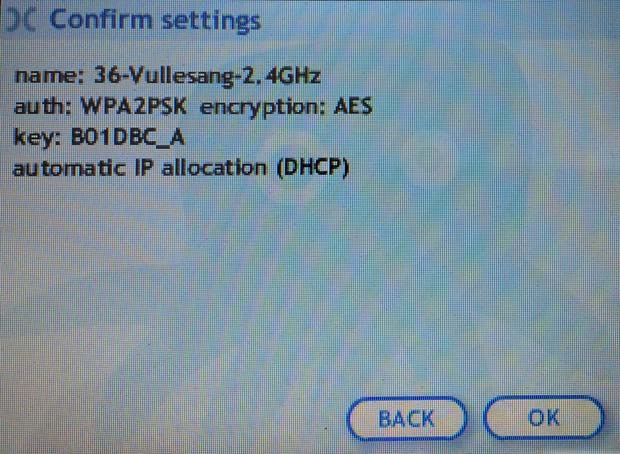
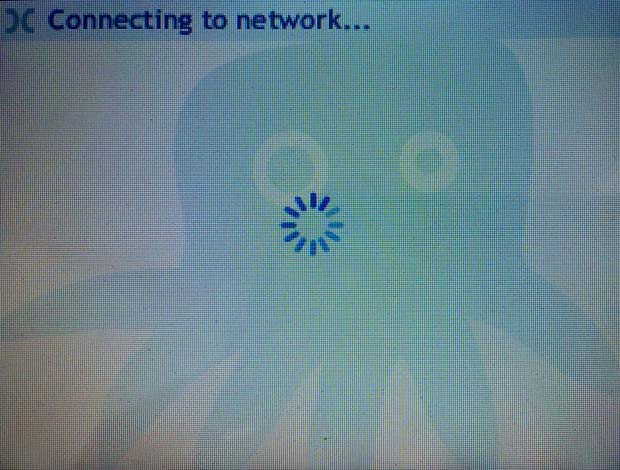

The last screen is only displayed in case of problems, usually the space clock is shown if there is no valid subscription.
Links:
